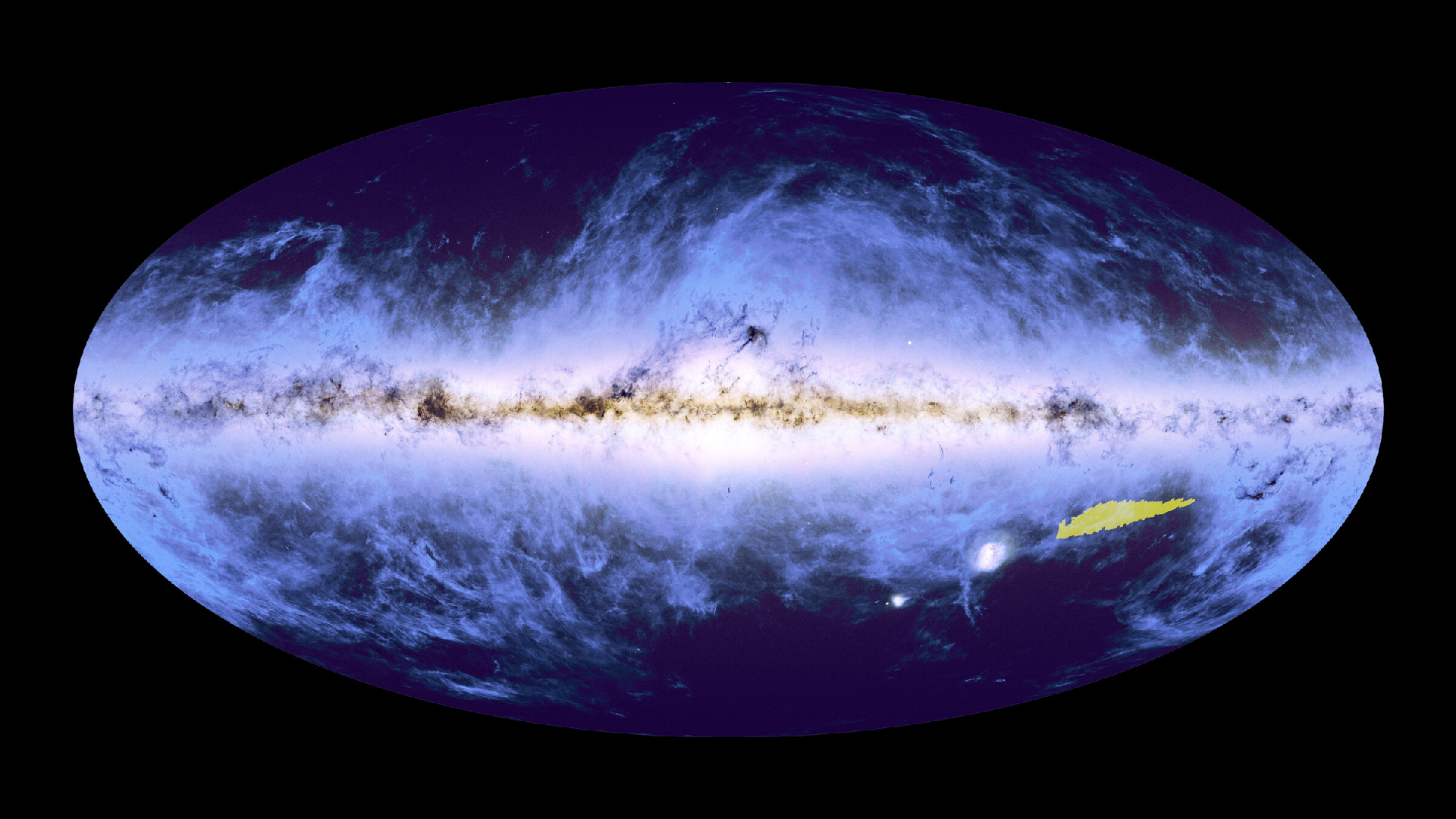
The first piece of what will one day be the largest-ever 3D map of the universe has been revealed, and it's crammed with 14 million galaxies.
The snapshot was taken by the European Space Agency's (ESA) Euclid space telescope. Launched on July 1, 2023, Euclid was designed to compile wide-lens images to help scientists hunt for two of the universe's most mysterious components: dark matter and dark energy.
The stunning new image is a mosaic of 208 gigapixels, representing just a fraction of a percent of the sky. By capturing hundreds of images like this one, the space telescope will eventually catalog one-third of the entire night sky and image more than a billion galaxies that are up to 10 billion years old, according to ESA.
"This stunning image is the first piece of a map that in six years will reveal more than one third of the sky," Valeria Pettorino, a Euclid project scientist at ESA, said in a statement. "This is just 1% of the map, and yet it is full of a variety of sources that will help scientists discover new ways to describe the Universe."
Related: Mysterious 'Green Monster' lurking in James Webb photo of supernova remnant is finally explained
The released image is a mosaic of 260 observations collected across two weeks between March and April 2024. It represents a 132-square-degree sweep of the southern sky that is more than 500 times the area of the full moon.
The map, which contains 100 million sources of light, is just one small piece in the cosmic jigsaw puzzle being assembled by Euclid. Upon completion, it will enable scientists to probe the mysteries of dark matter and dark energy.

Researchers think dark matter and dark energy together make up about 95% of the universe. But they do not interact with light, so they can't be detected directly.
Instead, scientists study the mysterious components by observing the way they interact with the visible universe around them: Dark matter can be seen by observing its gravitational warping effects on galaxies, and dark energy is evident in the force propelling the universe's runaway expansion.
So far, 12% of Euclid's mission has been completed. Further releases, including a preview of Euclid's Deep Field areas, are planned for release in March 2025, and the mission's first year of cosmology data will appear in 2026.







